Individual Report: Descriptive Analysis Techniques for Data Analysis
VerifiedAdded on 2023/01/07
|10
|1243
|98
Report
AI Summary
This individual report provides a comprehensive overview of descriptive analysis techniques applied to a dataset of phone calls. The report begins with the creation of a table to organize the data and follows with graphical representations using column and line charts to visualize call patterns over a period of time. The core of the report focuses on the statistical analysis of the data, calculating and interpreting the mean, median, mode, range, and standard deviation to understand the central tendencies and variability within the dataset. Furthermore, the report applies linear forecasting to predict future call volumes, demonstrating how historical data can be used to estimate future trends. The findings are then summarized in the conclusion, emphasizing the importance of statistical methods in drawing accurate and reliable conclusions from data. The report also includes a list of references supporting the methodologies and concepts discussed.
1 out of 10
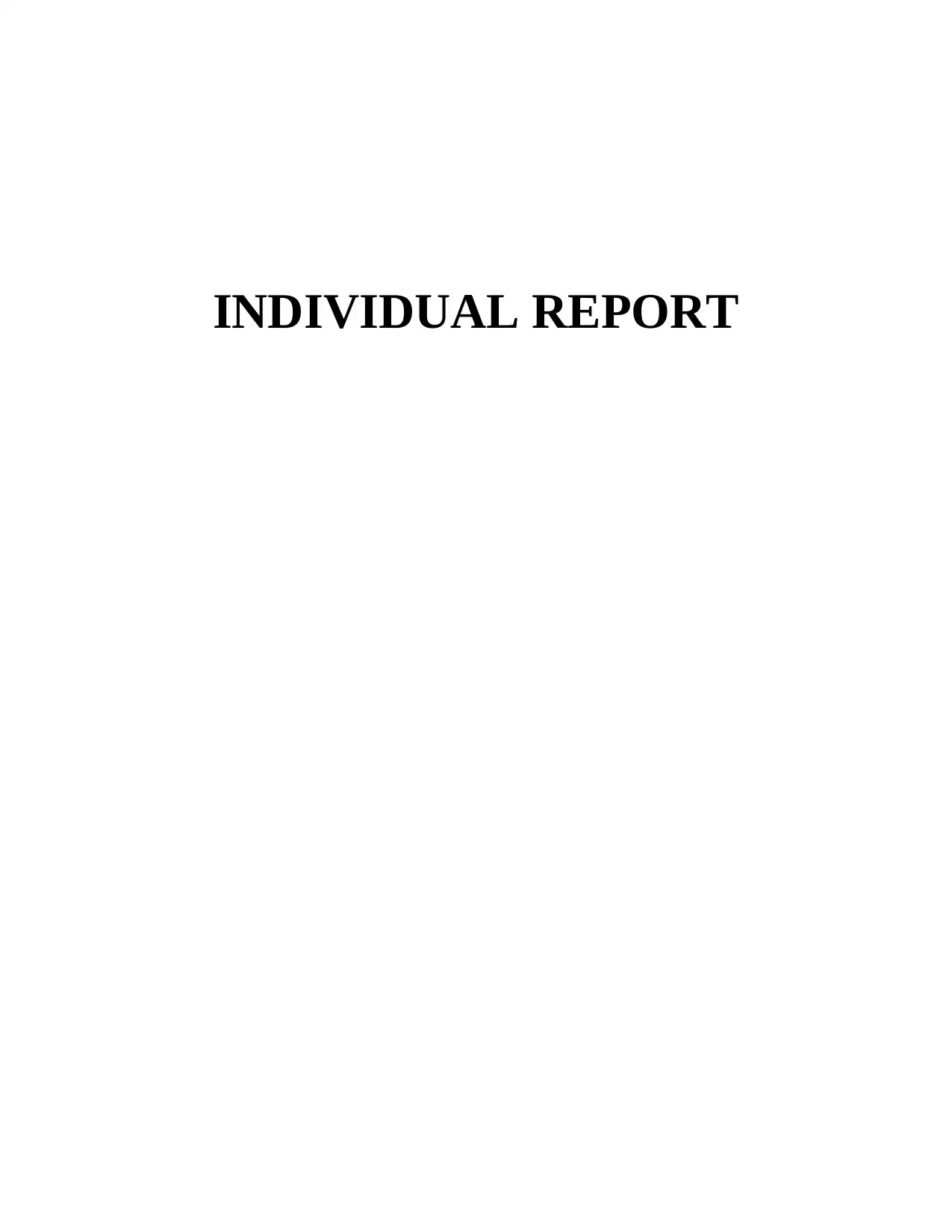
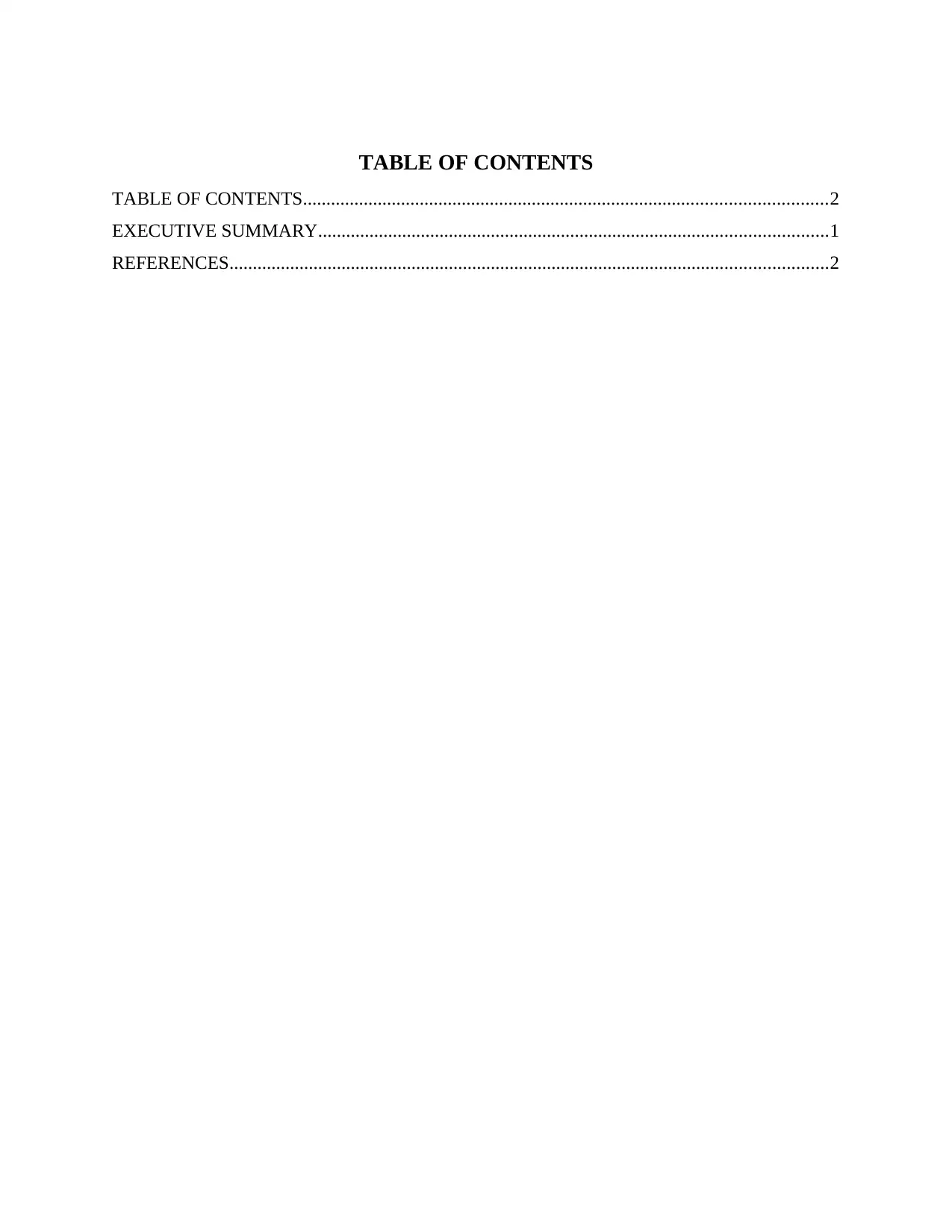
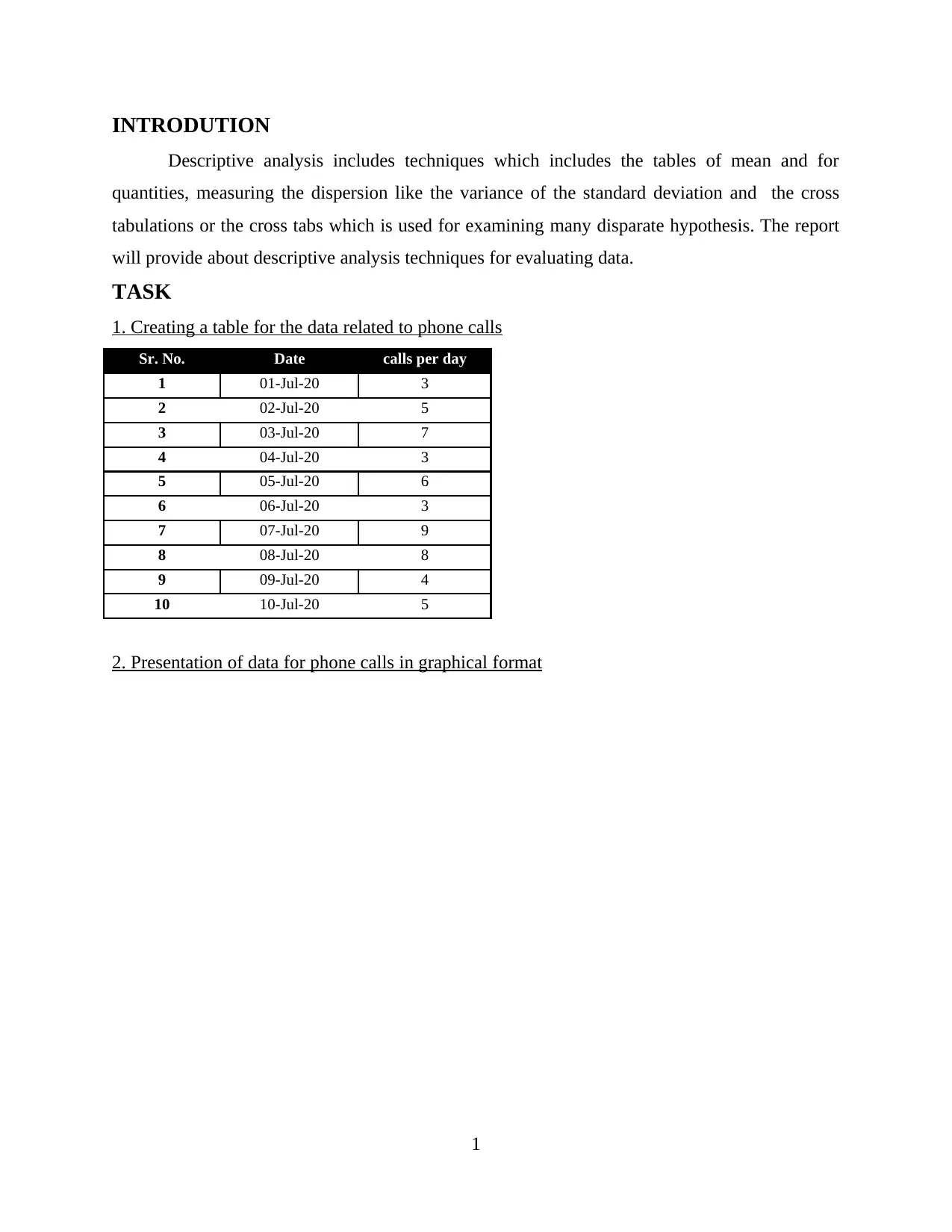
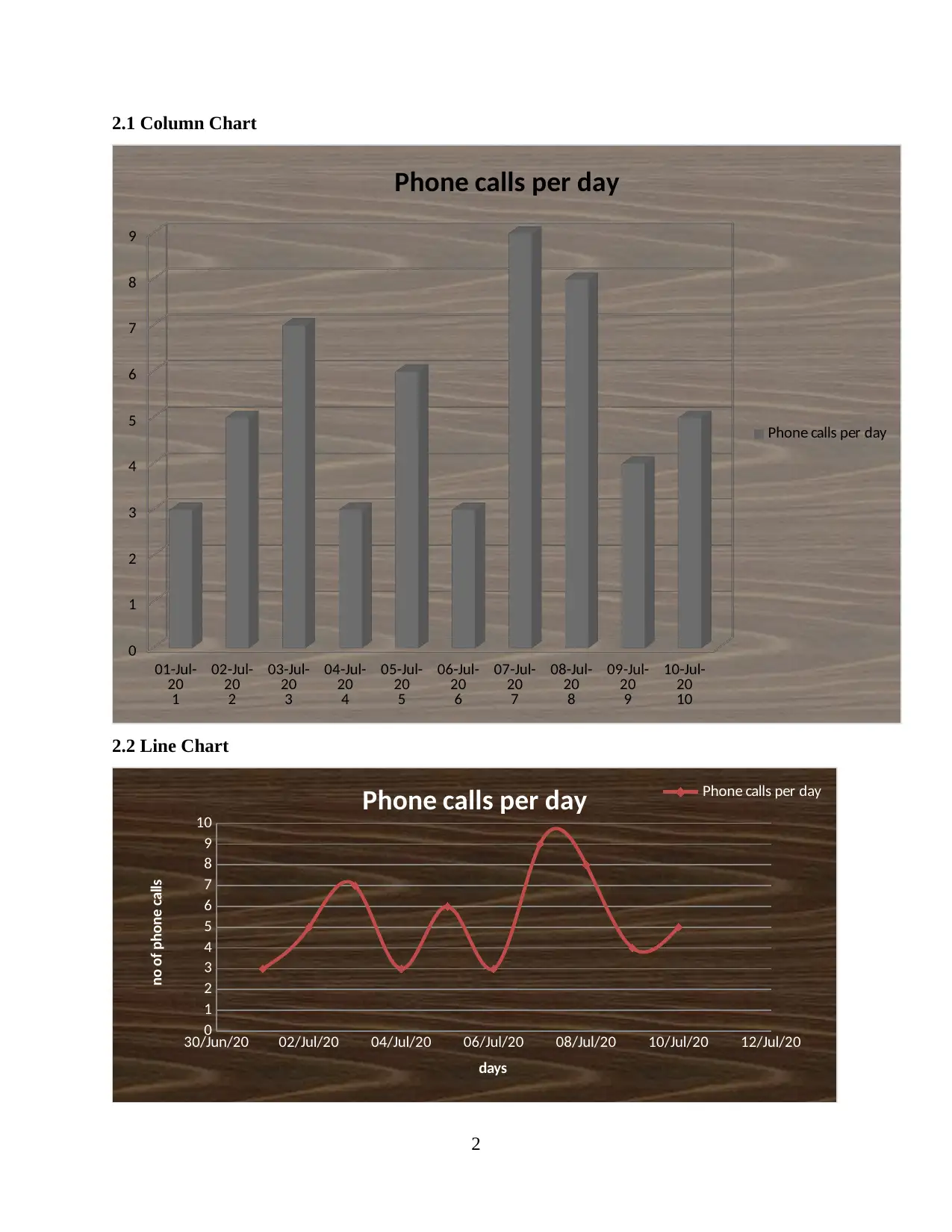
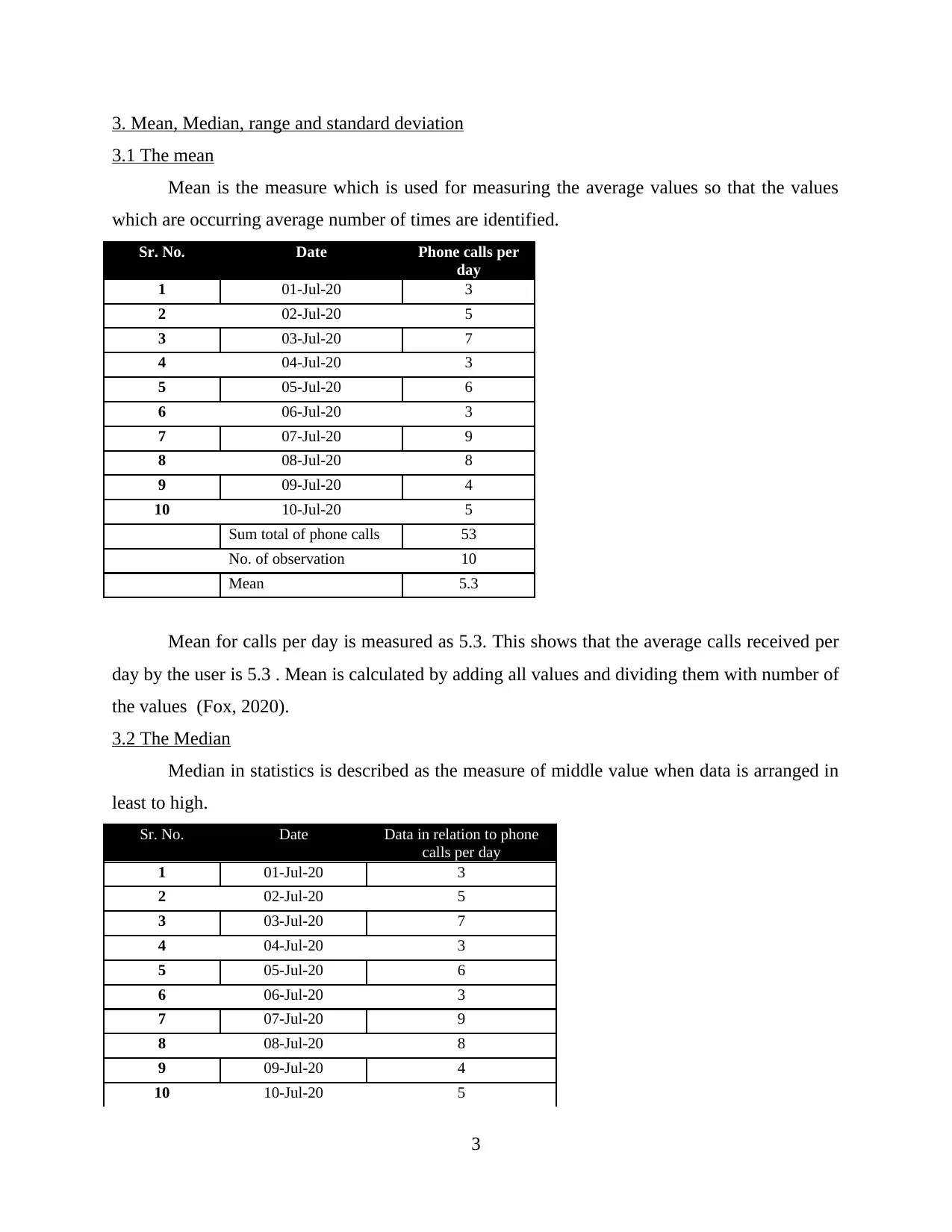
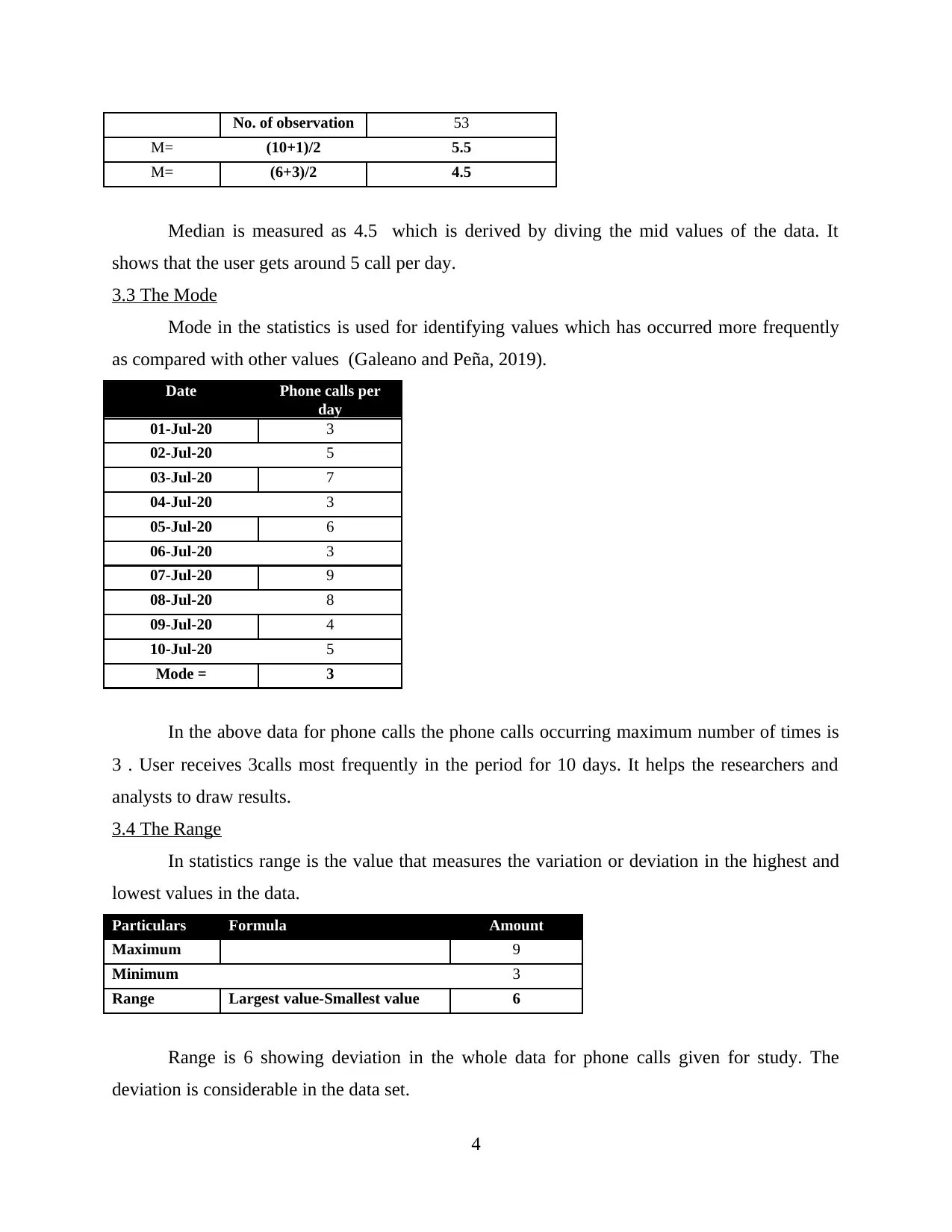
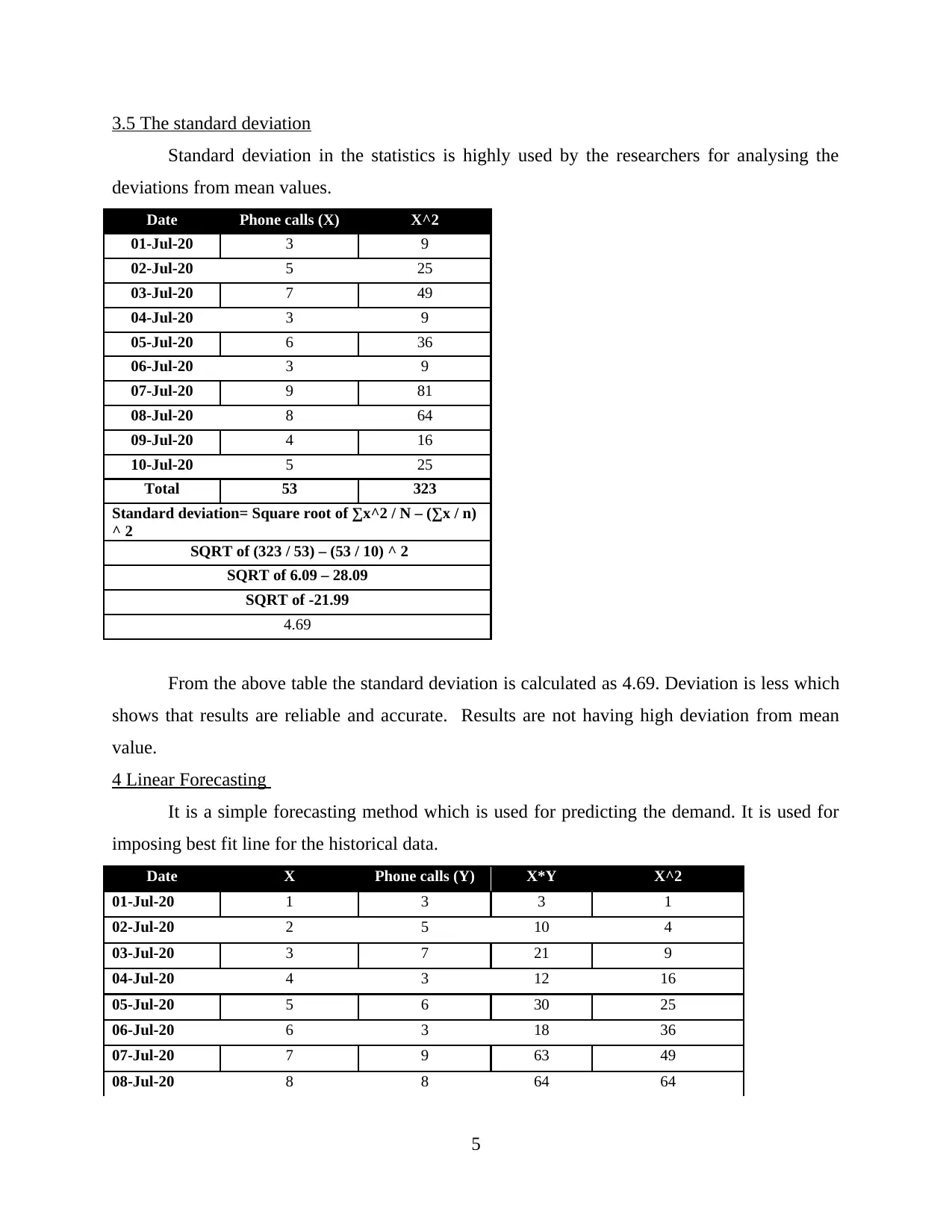
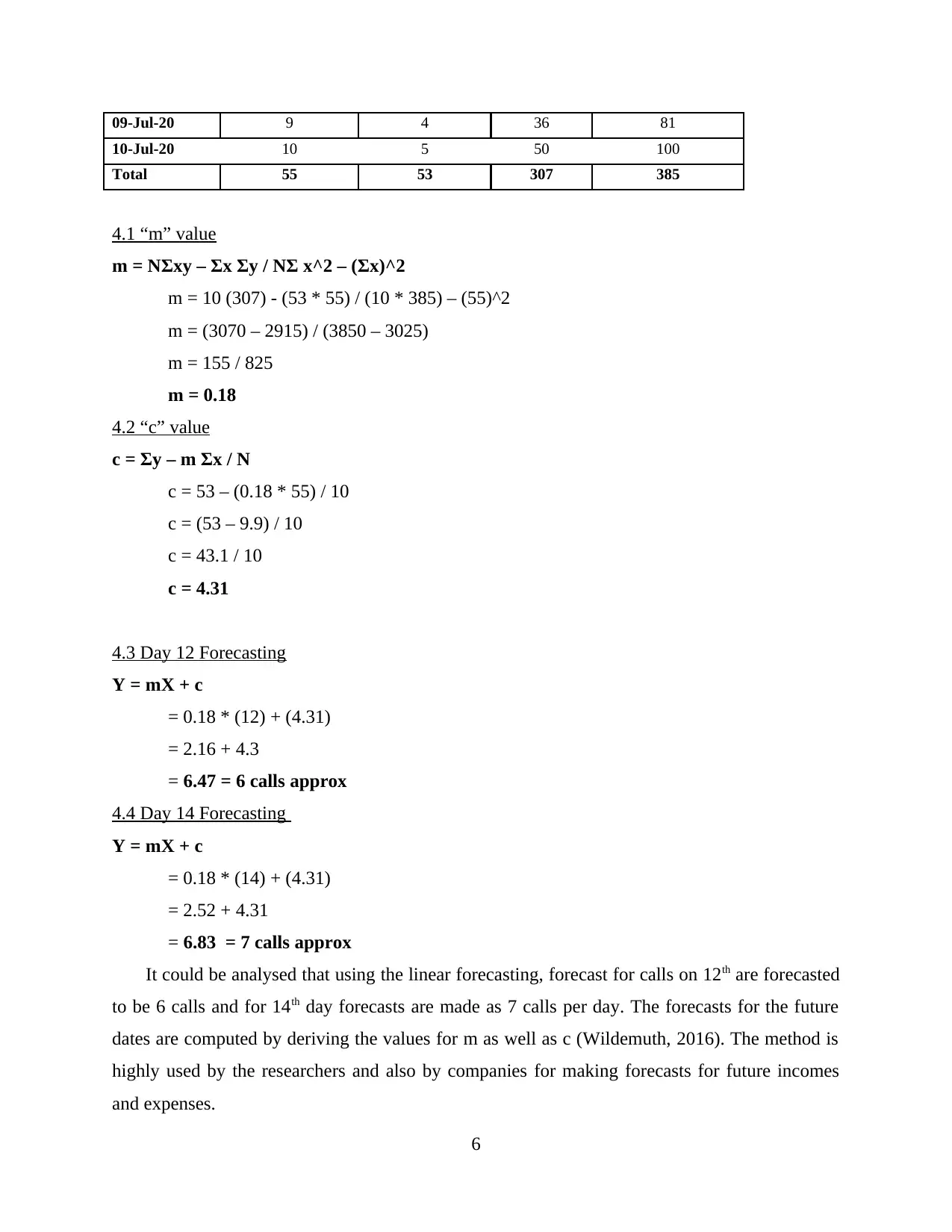
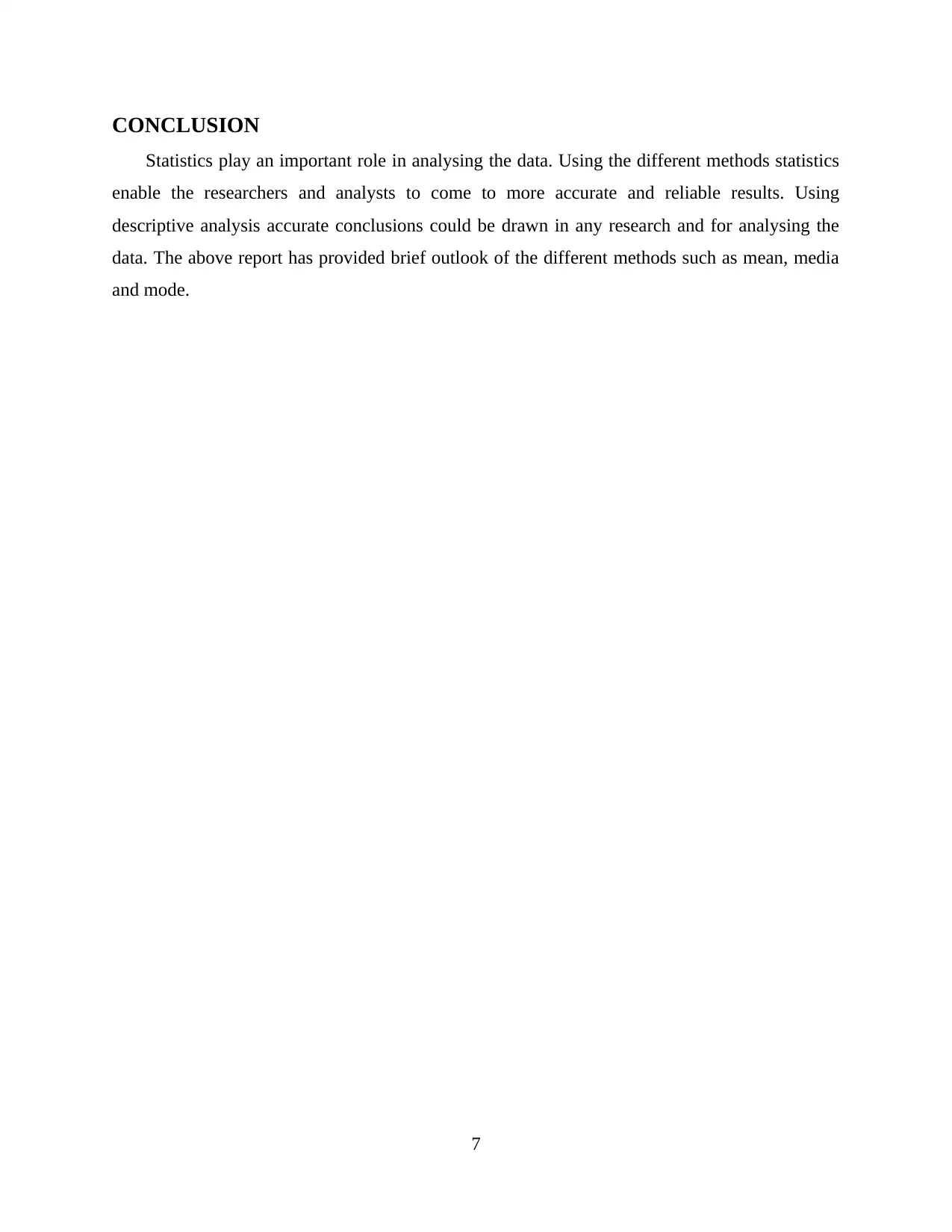
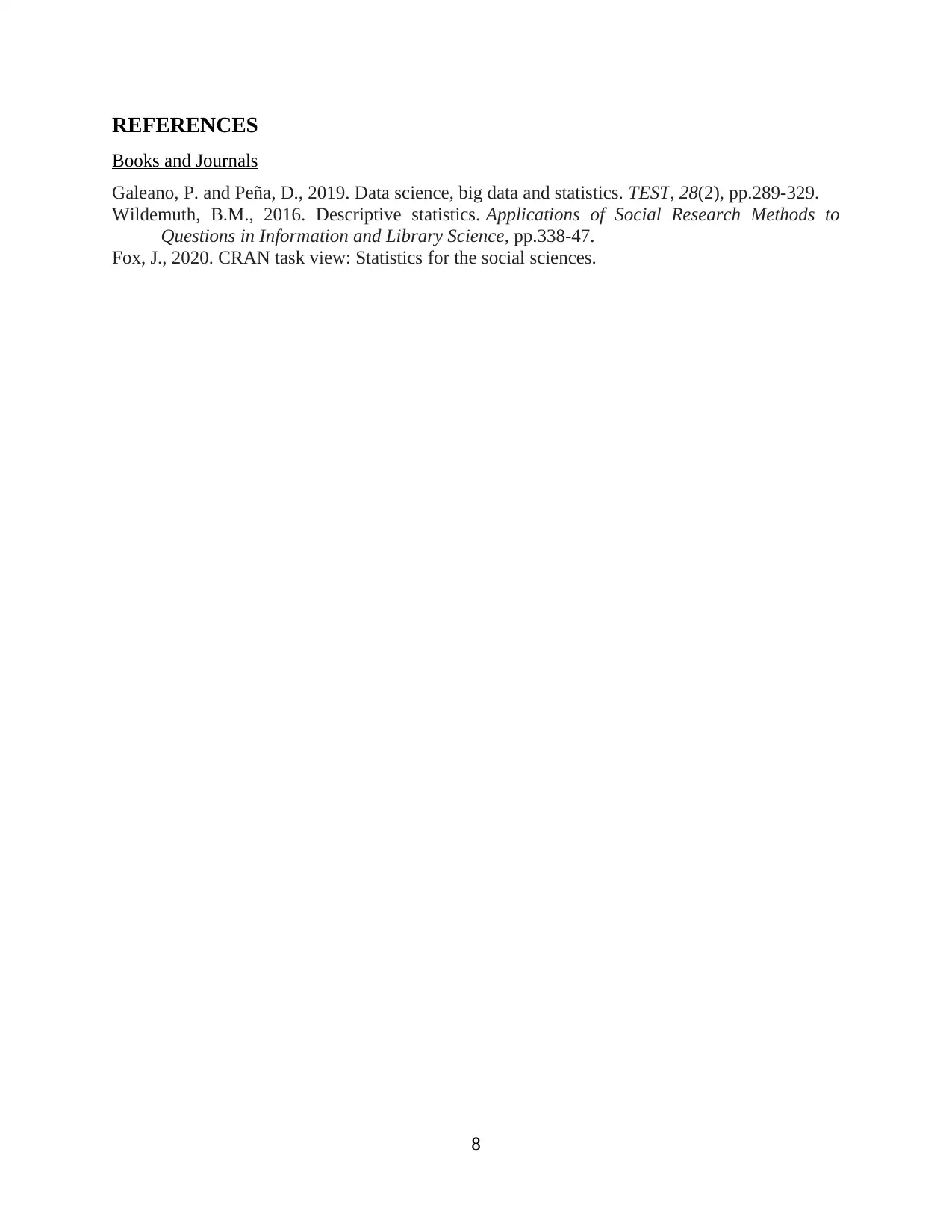






![[object Object]](/_next/static/media/star-bottom.7253800d.svg)